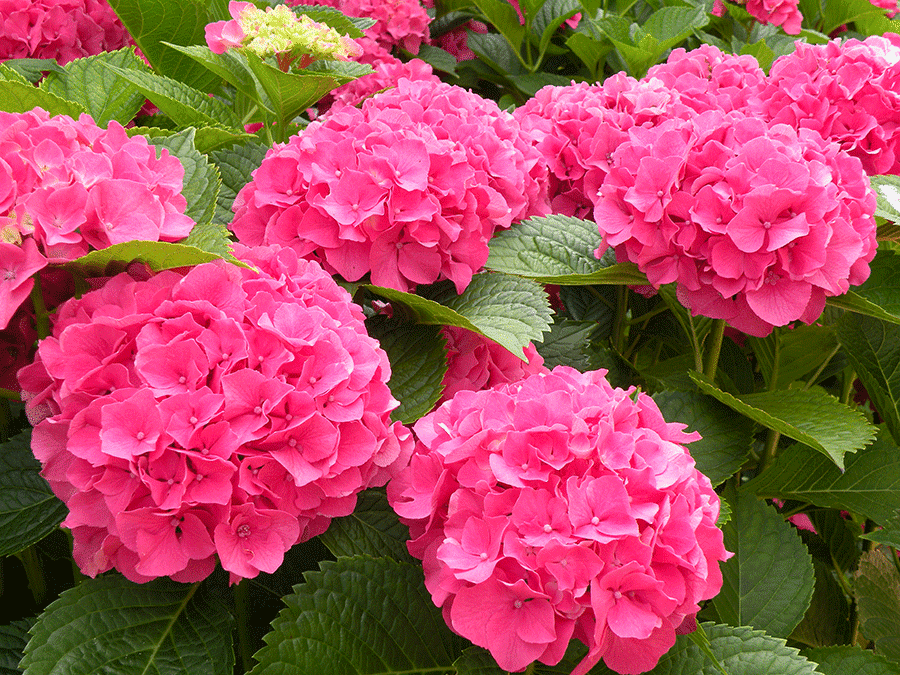
Hydrangeas are one of the easiest flowers to dry, and given their size, you need only a few to fill a table arrangement or decorate a wreath.
Drying hydrangeas
Cut when the blooms are partially dry and slightly papery — usually between August and October. If cut too soon, the blooms will wilt and not dry; cut too late and they will be brown and less attractive.
There are several ways to dry hydrangeas once cut — such as immersing in silica gel, hanging upside down or inserting stems in moist floral foam — but I find the easiest and most successful method is “water drying.” The blooms desiccate slowly, which helps them keep their shape and colour. While simple air-drying works, too, the end result is more brittle and fragile.
After cutting eight- to 12-inch (20- to 30-cm) stems, strip off all leaves. Place the stems in a few inches (about 8 cm) of water, and set the vase out of direct sun. Leave space around the flower heads for air circulation and to preserve their shape. Then, simply wait for the water in the vase to evaporate; by the time it’s gone, the hydrangeas should be dry.
It’s worth trying any type of hydrangea, but I find bigleaf, smooth and panicle ones dry best. Bigleaf hydrangeas dry to muted blue, purple, rose or green, depending on the cultivar; panicle and oakleaf flowers are pink or rose; and smooth hydrangeas dry to pale green, ivory or tan.

Beckie
Can i have permission to use your article in our Horticulture Society newsletter?
Thanks
Ann
Hello Ann,
Yes, but please include gardenmaking.com as the source. It would also be greatly appreciated if you encouraged members to subscribe to the free newsletter. Thanks!
leaf curl on the hydrangeas. why on some and not on other types?
Hi Maureen,
There’s an item on the website about leaf curl. Here’s the link to it [https://gardenmaking.com/get-rid-leaf-curl-on-hydrangeas/]. I hope it helps.